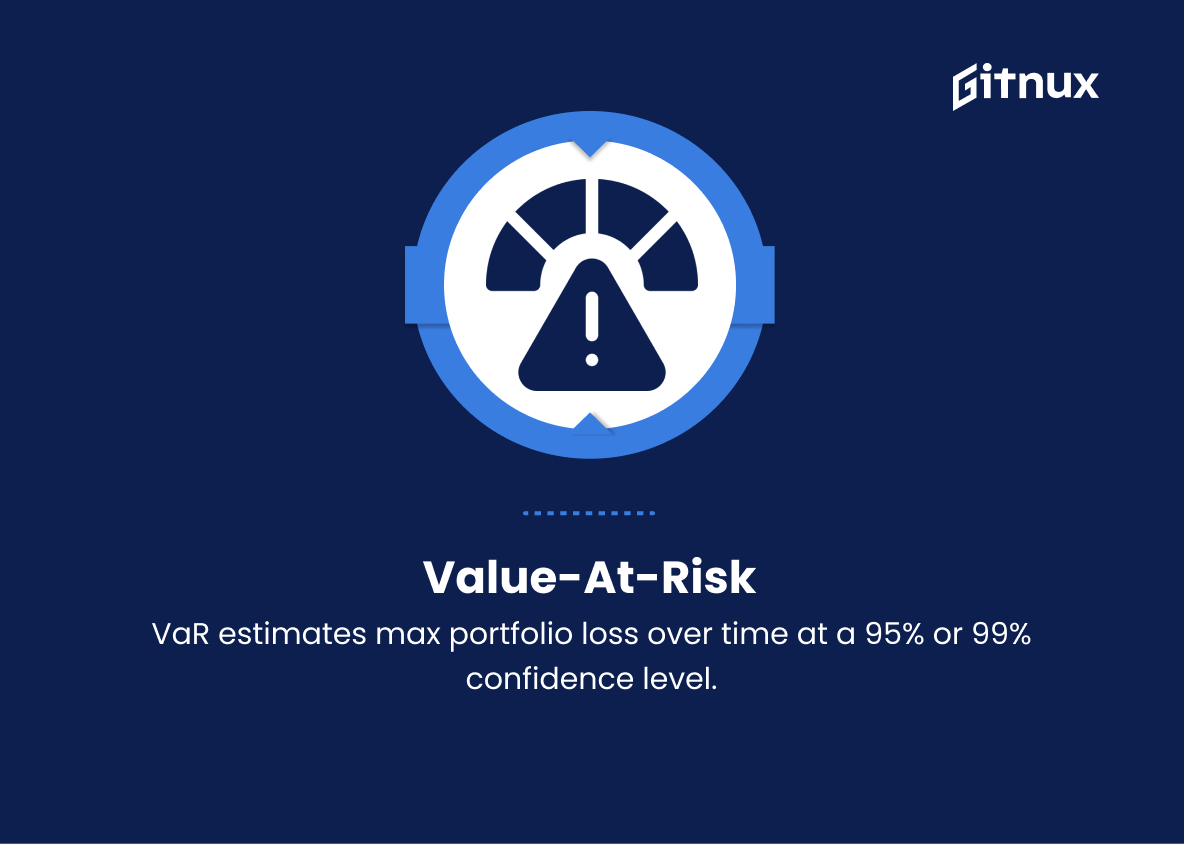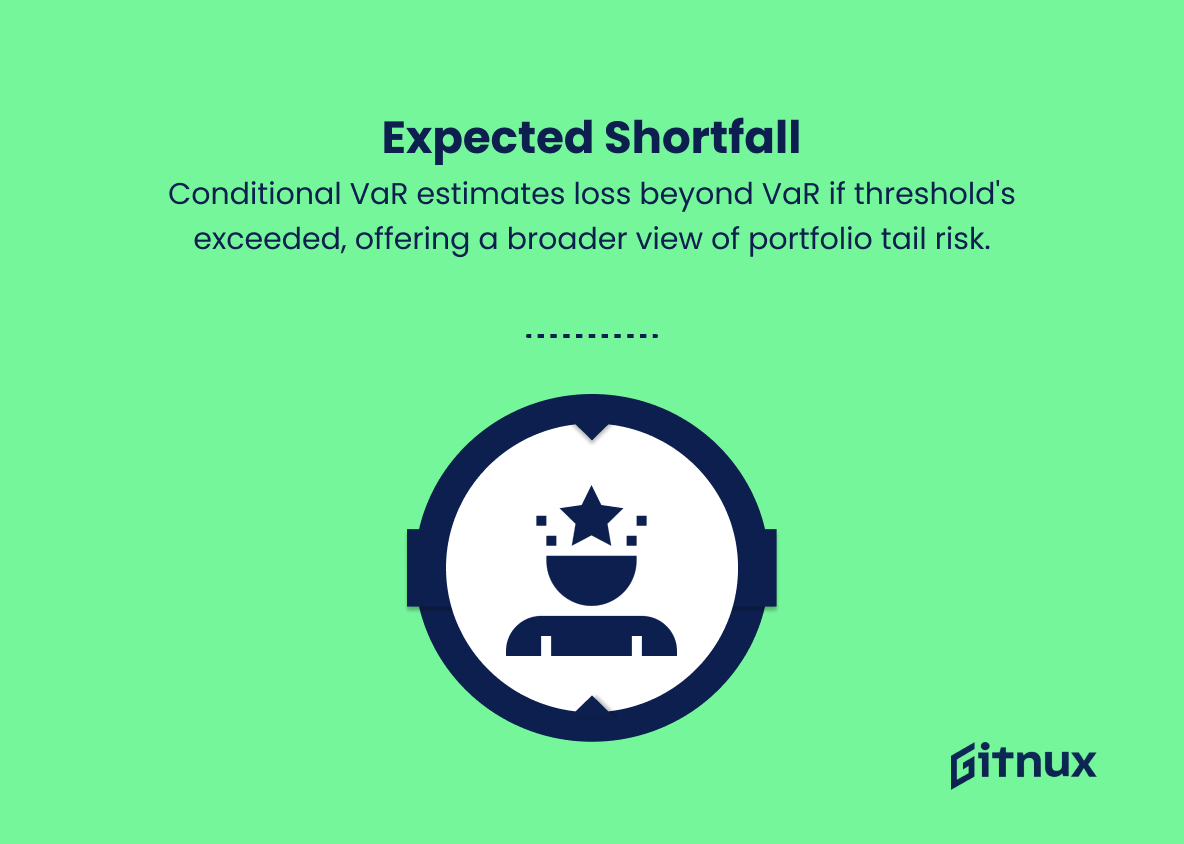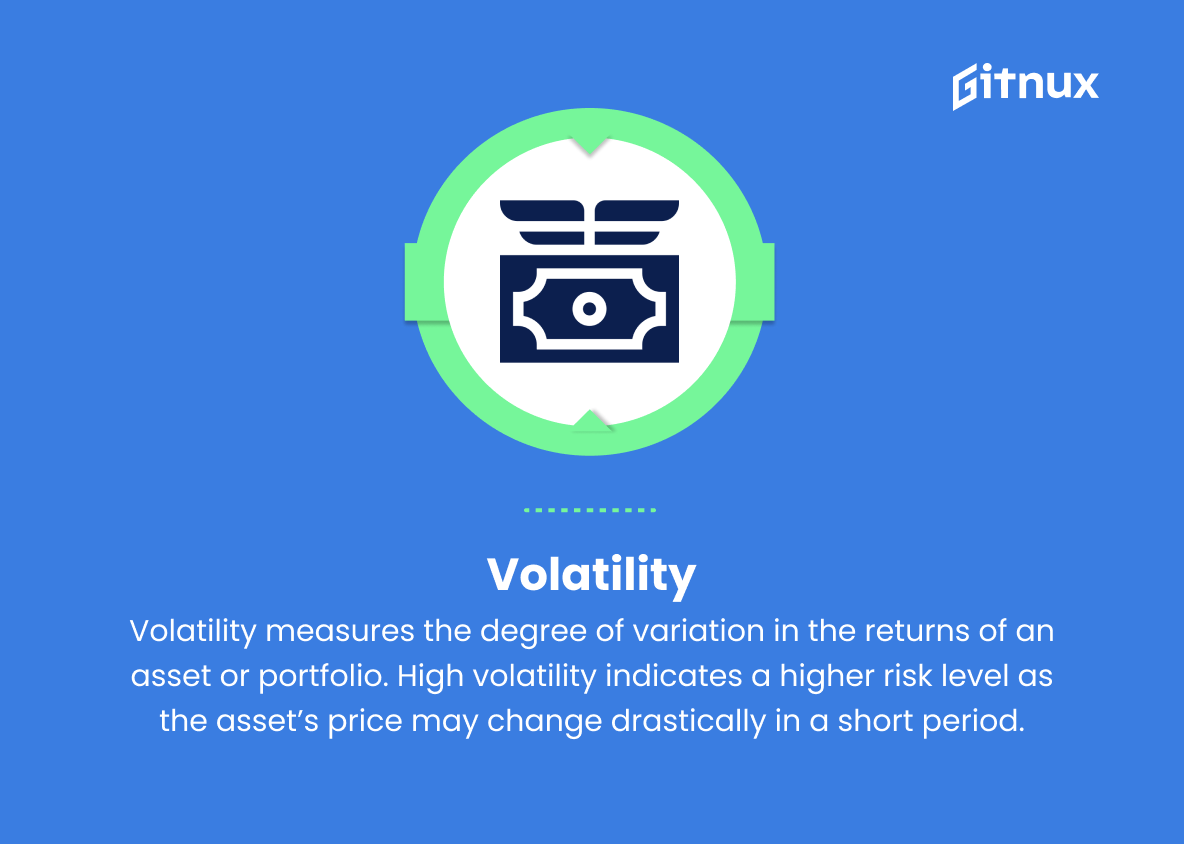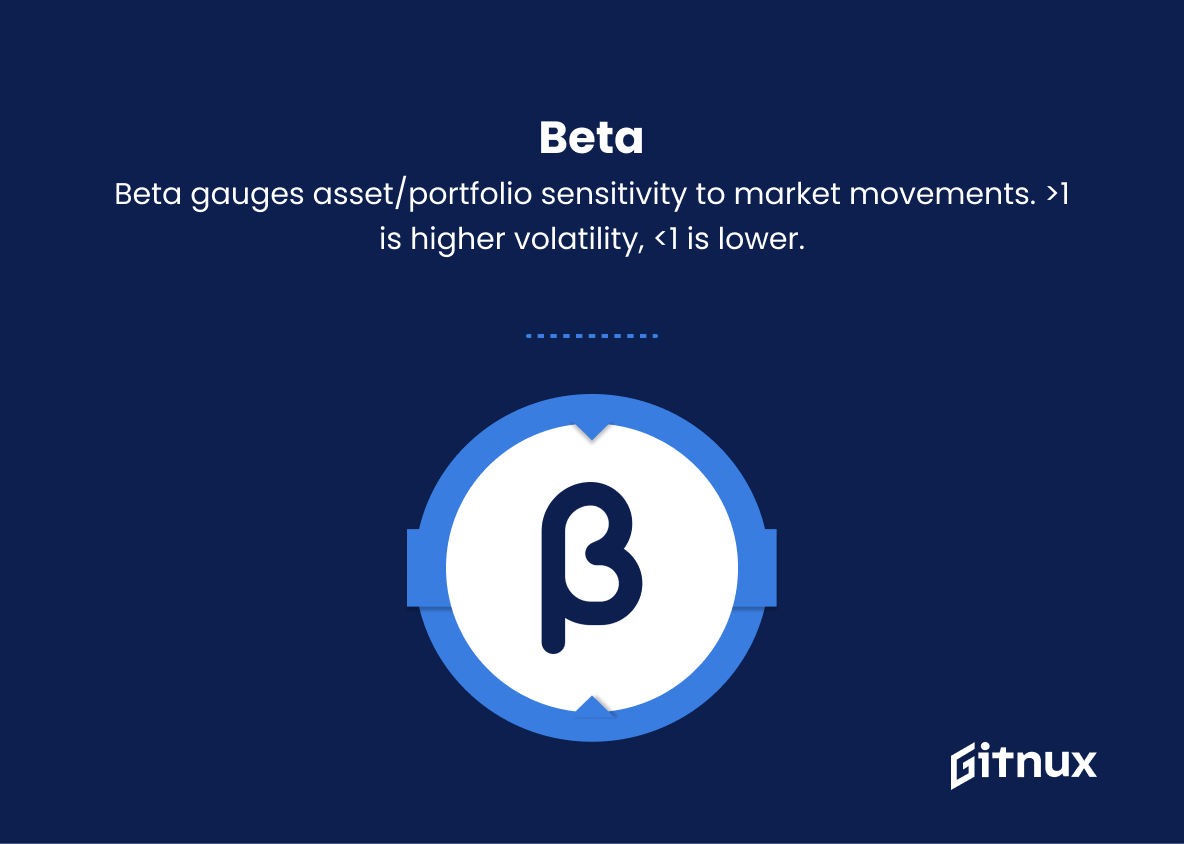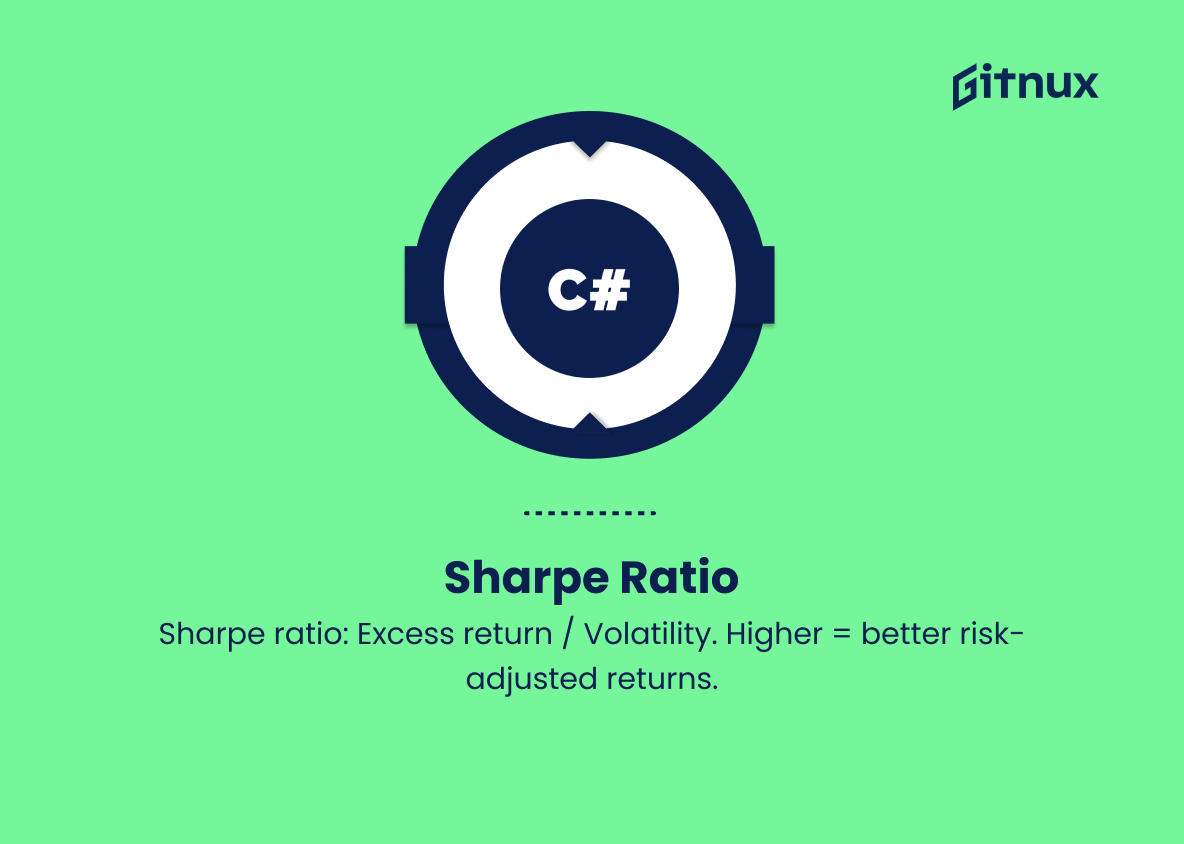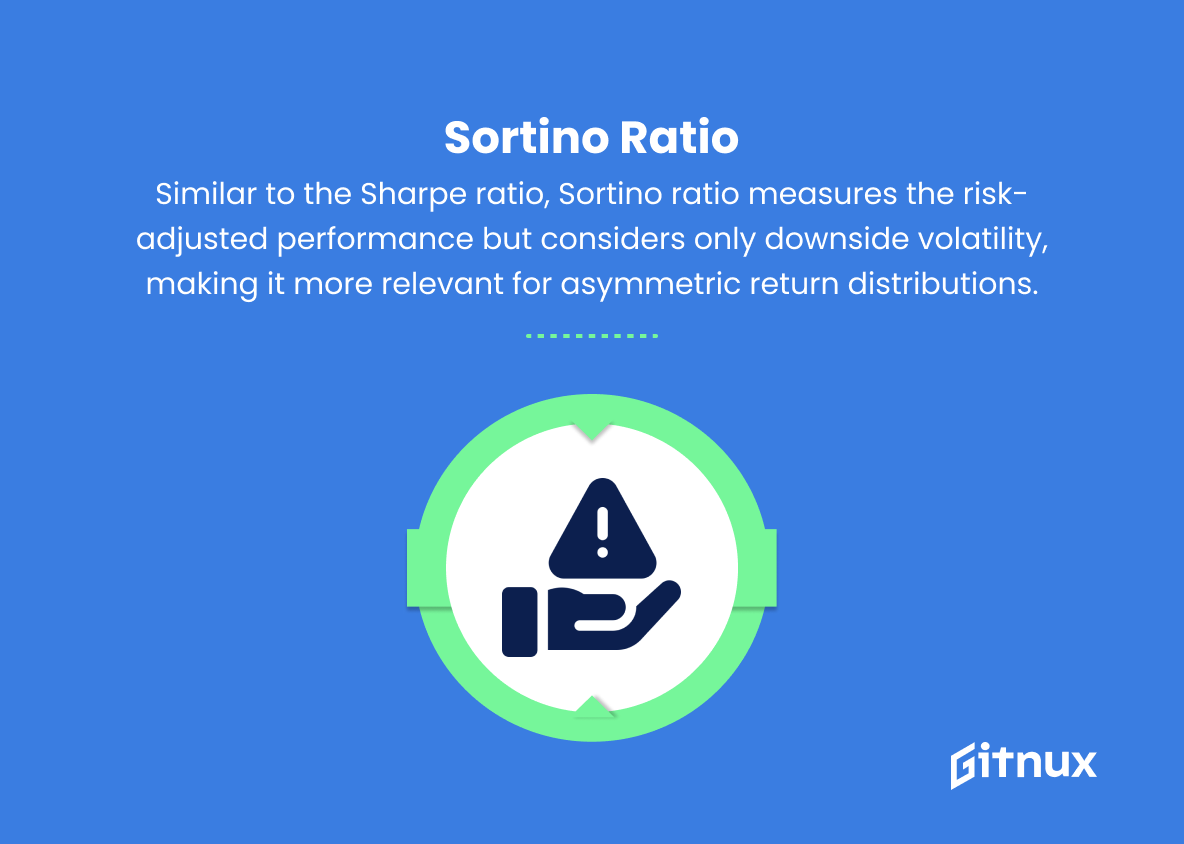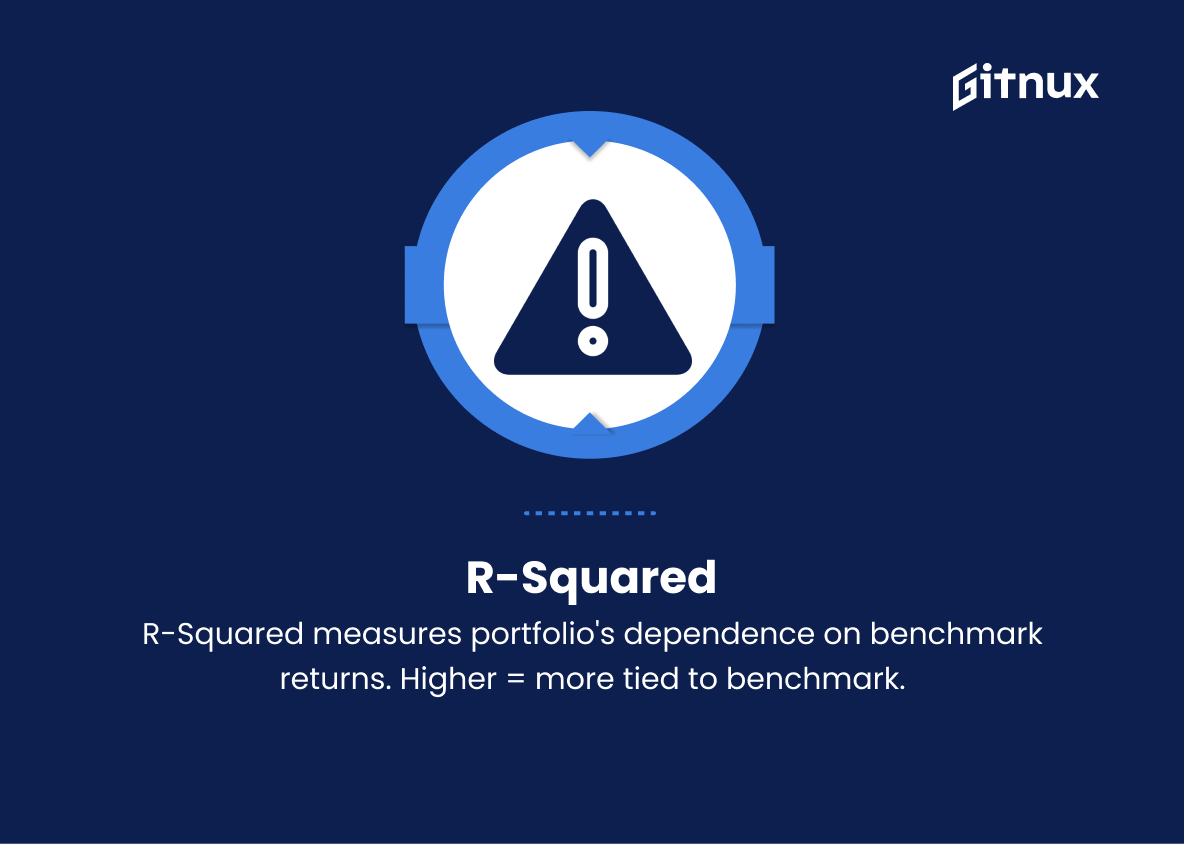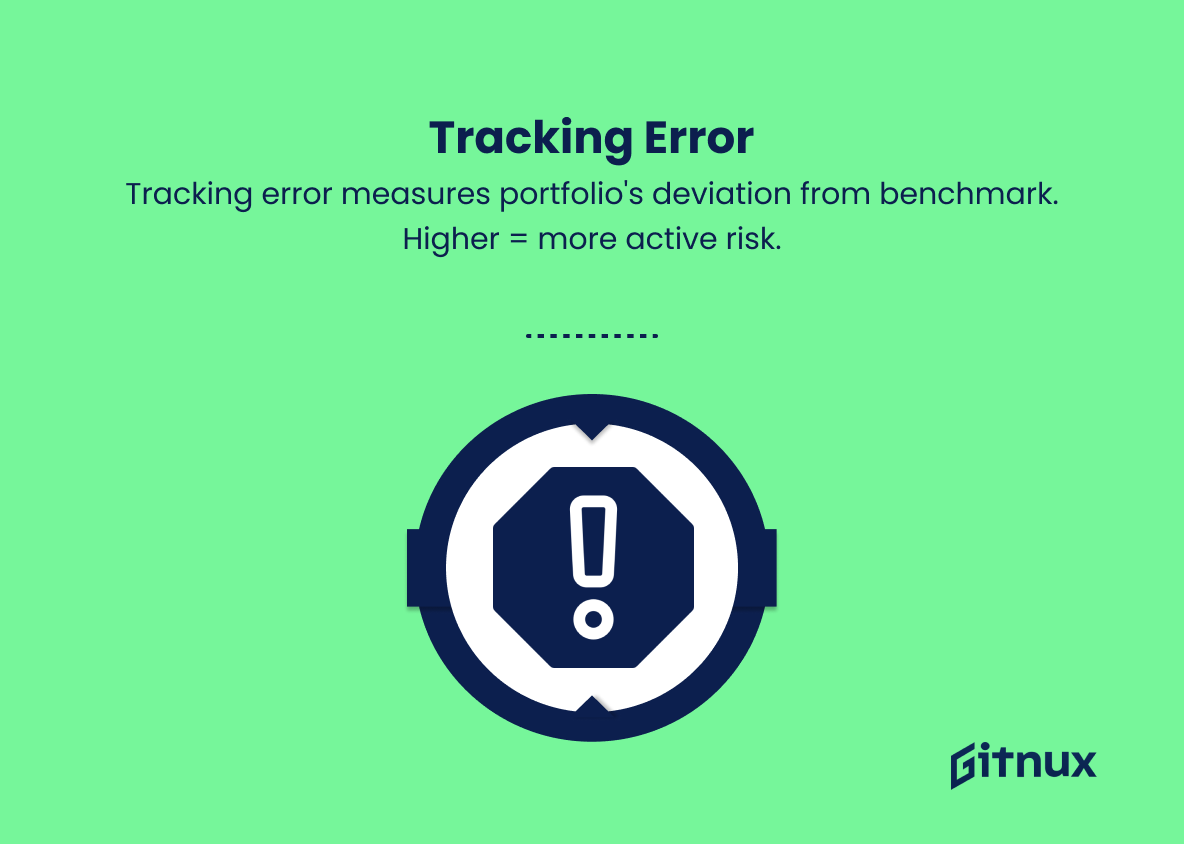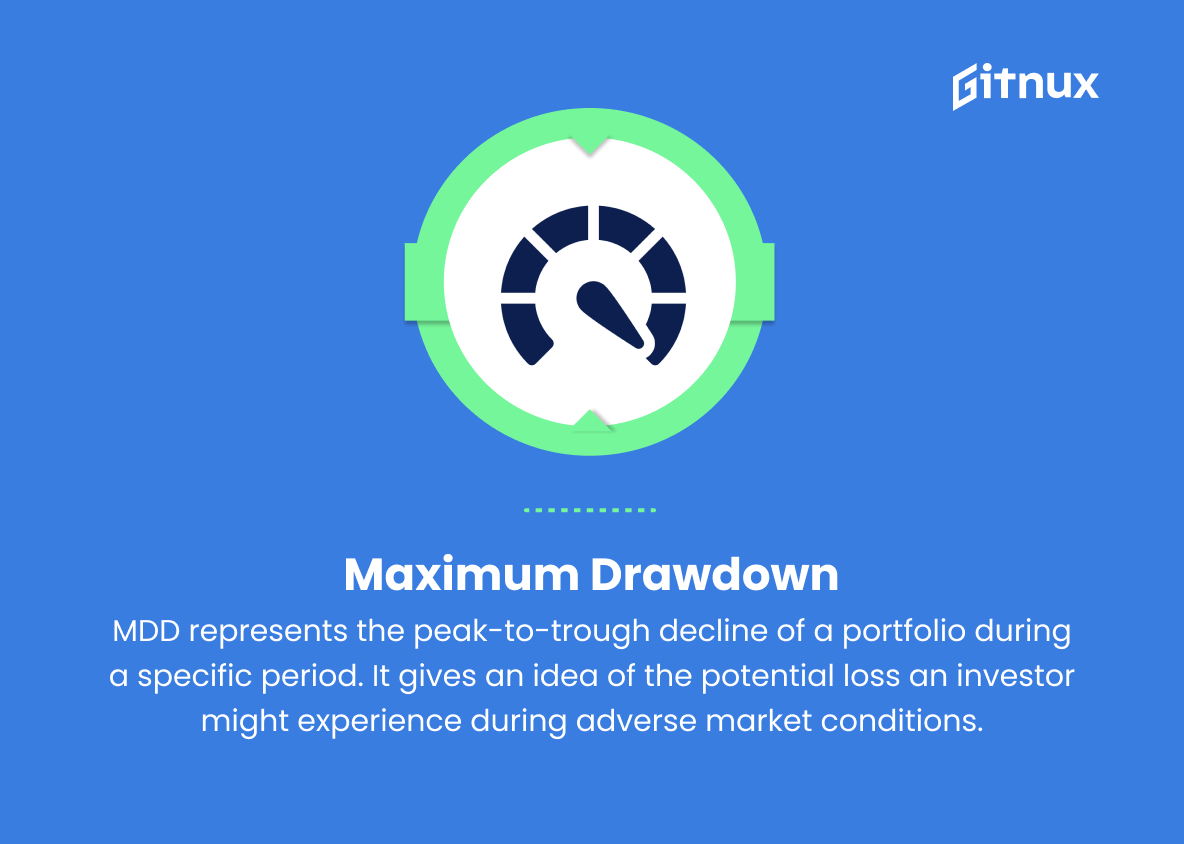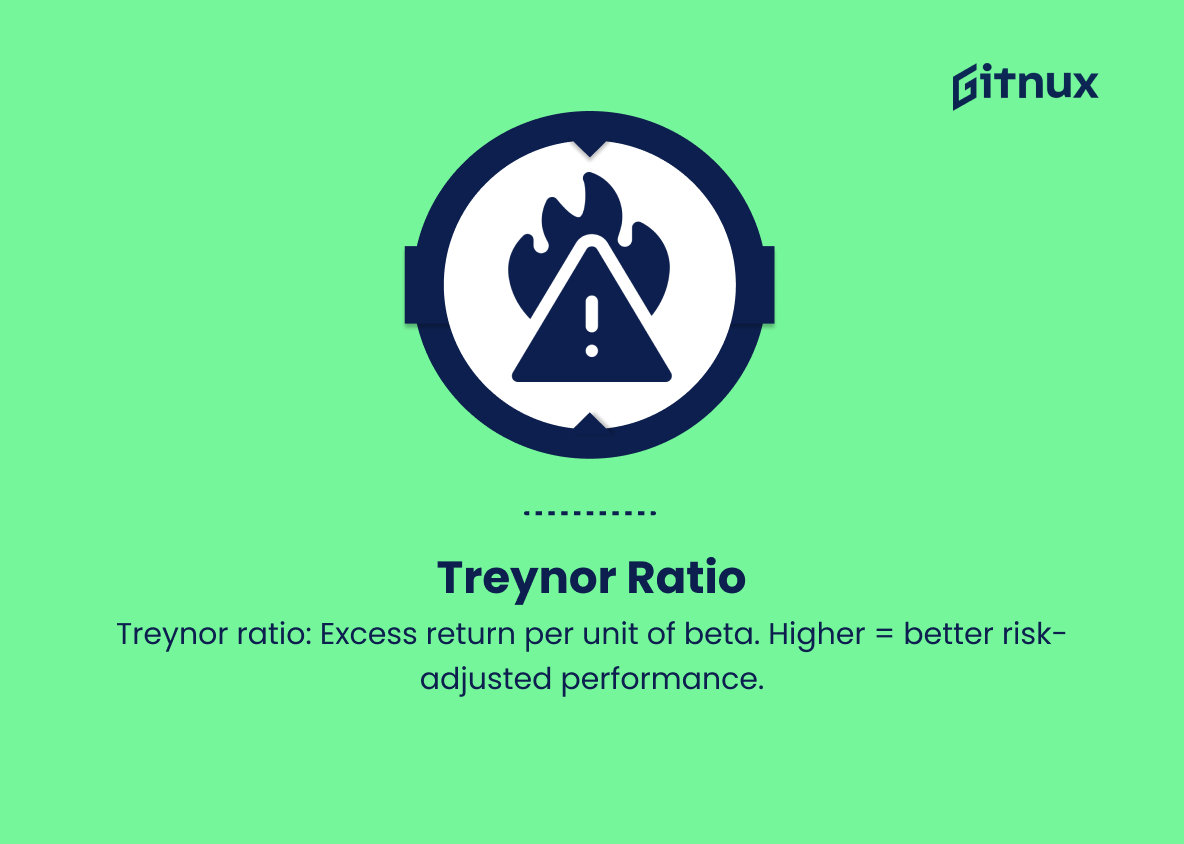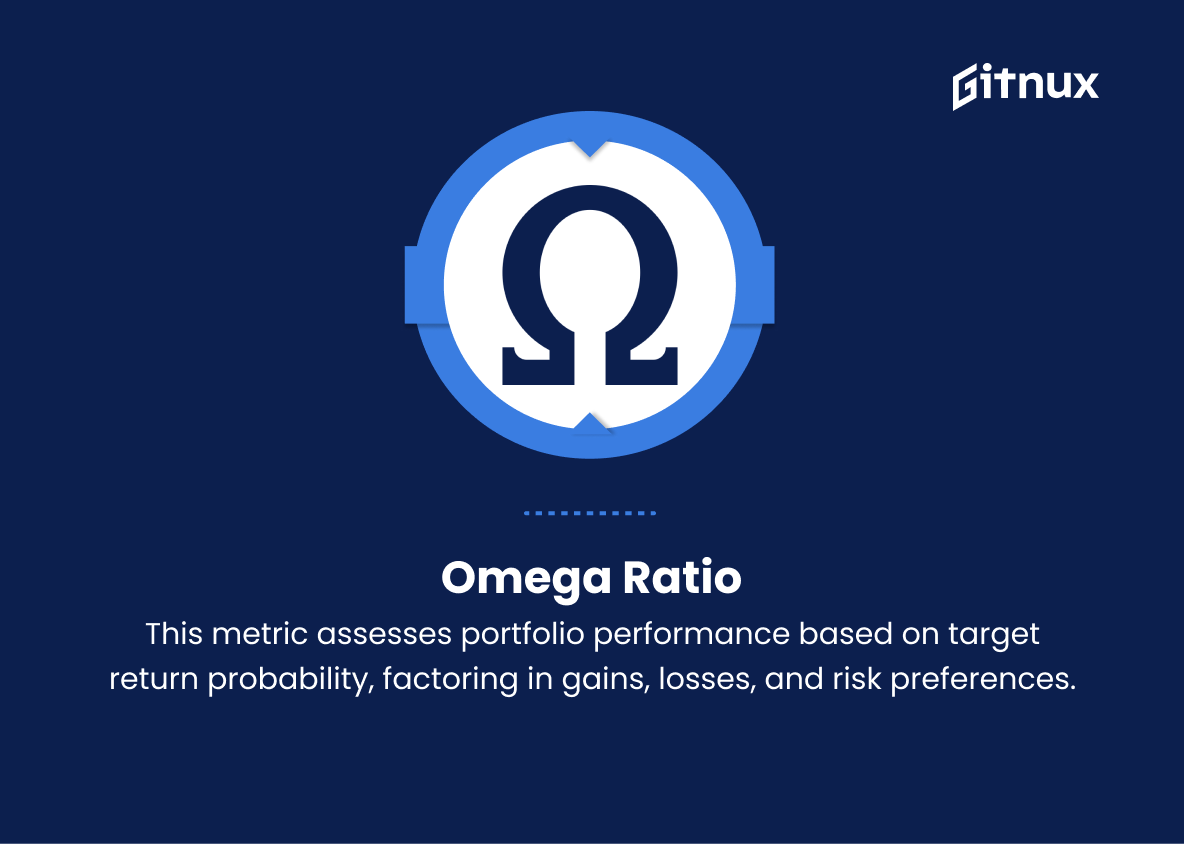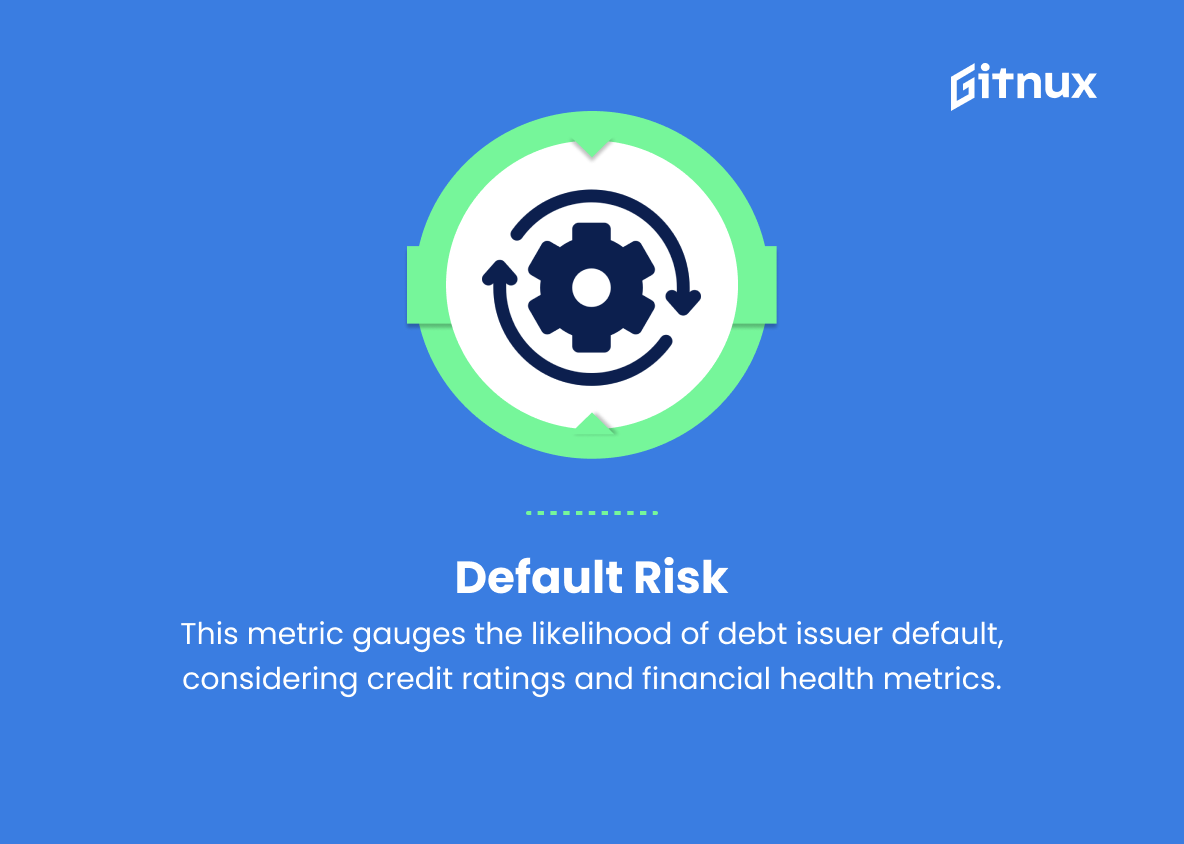In today’s rapidly evolving and complex financial landscape, understanding and efficiently managing risk has become an increasingly critical component of success for businesses, governments, and individual investors alike. The effective use of risk metrics to quantify and manage exposure to various forms of risk is not only necessary but vital for ensuring long-term stability and growth.
In this thought-provoking blog post, we delve into the world of risk metrics, exploring the various tools and techniques that can help organizations make informed decisions and strategically navigate the tumultuous waters of an uncertain economy. Join us as we uncover the importance and intricacies of risk metrics, shedding light on this essential aspect of modern financial management.
Risk Metrics You Should Know
1. Value-at-Risk (VaR)
VaR is a widely used risk metric that estimates the maximum potential loss of a portfolio over a specific time period and at a given confidence level. It is usually reported for a 95% or 99% confidence level.
2. Expected Shortfall (ES)
Also known as Conditional VaR, this metric estimates the average loss beyond the VaR, in case the VaR threshold is exceeded. It offers a more comprehensive view of the tail risk of a portfolio.
3. Volatility
Volatility measures the degree of variation in the returns of an asset or portfolio. High volatility indicates a higher risk level as the asset’s price may change drastically in a short period.
4. Beta
Beta measures an asset’s or portfolio’s sensitivity to market movements. A beta greater than 1 indicates that the asset or portfolio is more volatile than the market, whereas a beta less than 1 indicates lower volatility.
5. Sharpe Ratio
This metric measures the risk-adjusted performance of an investment by dividing the excess return (return above the risk-free rate) by its volatility. A higher Sharpe ratio indicates better risk-adjusted returns.
6. Sortino Ratio
Similar to the Sharpe ratio, Sortino ratio measures the risk-adjusted performance but considers only downside volatility, making it more relevant for asymmetric return distributions.
7. R-Squared
R-Squared measures the percentage of a portfolio’s returns that can be explained by the benchmark’s returns. A higher R-squared indicates that the portfolio’s performance is largely tied to the benchmark’s performance.
8. Tracking Error
Tracking error measures the deviation of a portfolio’s returns relative to its benchmark. A higher tracking error implies a greater deviation from the benchmark index, indicating higher active risk.
9. Maximum Drawdown (MDD)
MDD represents the peak-to-trough decline of a portfolio during a specific period. It gives an idea of the potential loss an investor might experience during adverse market conditions.
10. Information Ratio
This ratio measures the risk-adjusted outperformance of a portfolio relative to its benchmark. A higher information ratio indicates that the portfolio manager has successfully taken on additional risk to generate excess returns.
11. Treynor Ratio
Treynor ratio measures the excess return per unit of systematic risk (beta) taken in a portfolio. Similar to Sharpe and Sortino ratios, a higher Treynor ratio indicates better risk-adjusted performance.
12. Active Share
Active share measures the degree to which a portfolio is different from its benchmark. A higher active share indicates a more unique investment strategy and a reliance on stock-picking skills instead of market movements.
13. Omega Ratio
This metric evaluates portfolio performance by considering the probability of achieving a minimum target return. It takes into account both the size and frequency of gains and losses and integrates the investor’s preferences for risk.
14. Conditional Value-at-Risk (CVaR) Contribution
This metric measures the contribution of each asset or position to the overall CVaR of the portfolio. It helps identify assets that contribute significant risks to the portfolio and allows for targeted risk reduction.
15. Default Risk
This risk metric assesses the likelihood of an issuer of debt (such as bonds or loans) failing to meet its repayment obligations. It considers credit ratings, liquidity ratios, and other financial metrics related to the issuer’s financial health.
These are some of the widely used risk metrics in finance. There are many more risk metrics that cater to specific instruments, investments, or factors, depending on their relevance and importance in a specific context.
Risk Metrics Explained
Risk metrics play a crucial role in understanding and assessing the potential risks and rewards associated with investment portfolios. Value-at-Risk (VaR) estimates the maximum potential loss over a specific time period and confidence level, providing a general understanding of the risks involved.
Expected Shortfall (ES) offers a more detailed view of the tail risk of a portfolio, measuring the average loss beyond the VaR threshold. Volatility, Beta, Sharpe Ratio, Sortino Ratio, R-Squared, Tracking Error, Maximum Drawdown (MDD), Information Ratio, Treynor Ratio, Active Share, Omega Ratio, Conditional Value-at-Risk (CVaR) Contribution, and Default Risk are other essential risk metrics that allow investors and portfolio managers to evaluate various aspects of an investment, such as its risk-adjusted performance, sensitivity to market movements, deviation from benchmark, and issuer’s financial health.
By employing these risk metrics, investors can make more informed decisions regarding their investment strategies tailored to their risk appetite and financial goals.
Conclusion
In conclusion, risk metrics play an integral role in identifying, assessing, and managing risks across various industries and business functions. By implementing well-defined and accurate risk metrics, organizations can safeguard their assets, reputation, and operational efficiency.
It is crucial for business leaders to continuously refine and integrate risk analysis into their decision-making processes to stay proactive in a constantly evolving landscape. Adhering to industry best practices, leveraging advanced technologies, and fostering a culture of risk awareness will ultimately lead to informed decision making, resilience, and long-term success.
